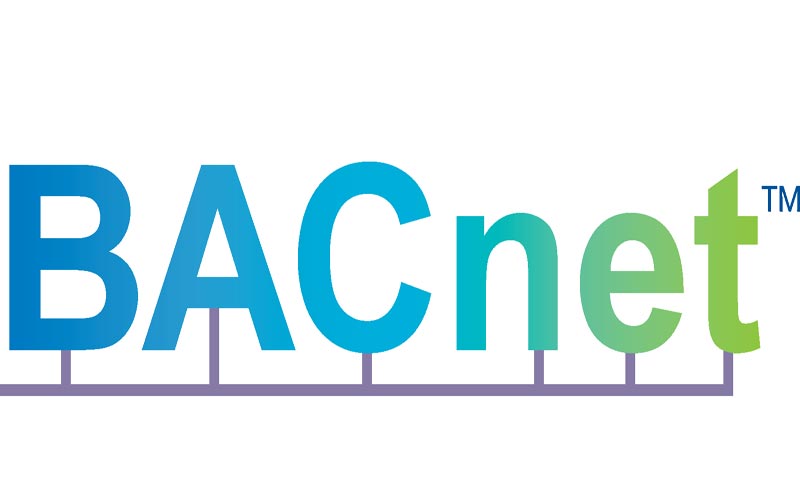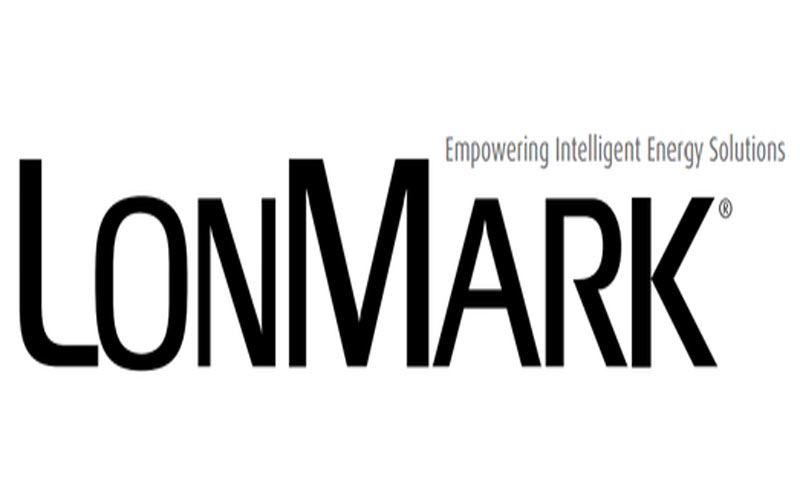Building Systems Integration
Princeton Engineering Services is proud to offer fully interoperable, advanced control system solutions, utilizing LONWORKS® and BACnet based open-protocol control products. PES works with owners, vendors, and contractors to provide System Integration services to create a software/hardware platform to allow the owners to install multiple vendors' controls throughout their various buildings.
• Allow systems to seamlessly share information. The sharing of information reduces the total number of devices resulting in an overall decrease in installed cost. For example, a single room occupancy sensor notifies the lighting control system, HVAC system and security system of the presence of occupants. Each respective system would take the appropriate action based on this information, i.e.; the lighting system would index the lights on or off, the HVAC system would impose setback temperatures (if the area was vacant), and the security system would provide alarm annunciation if an intruder was detected during unoccupied periods.
• Capitalize on system infrastructure. Installing several independent systems creates duplication of devices as well as infrastructure. From the above example, a single room occupancy sensor takes the place of three. Independent, non-integrated systems also utilize individual user interface PCs, and communication risers all performing discrete individual tasks. Once all system components operate from a common networking platform and "speak the same language", a single user interface and network infrastructure can serve all building functions.
• Eliminate proprietary systems and promote competitive pricing. Building owners and developers can take advantage of competitive forces when multiple vendors and suppliers are bidding a project. Unfortunately, when a proprietary system is installed this purchasing power usually disappears after the initial installation. Often a sole source vendor can demand his price and may even provide the customer with less then satisfactory service. Utilization of open protocols allows owners to continuously competitively purchase system expansions and service.
Although many standard protocols have been proposed, BACnet and LonWorks have emerged as the two that are being widely accepted by facility owners, manufactures and consulting engineers in the Building Controls Industry.
BACnet
BACnet was developed by the American Society of Heating Refrigeration and Air conditioning Engineers (ASHRAE) to allow different systems to share information and allow for a single seat user interface. BACnet is "a data communication protocol for building automation and control networks." A data communication protocol is a set of rules governing the exchange of data over a computer network.
The rules take the form of a written specification that spells out what is required to conform to the protocol, everything from what kind of cable to use to how to form a particular request or command in a standard way. The rules relate specifically to the needs of building automation and control equipment, i.e., they cover things like how to ask for the value of a temperature, define a fan operating schedule, or send a pump status alarm. Released in 1996 BACnet has been adopted by mechanical equipment and control system manufacturers, and has resulted in successful integration for many projects.


LonWorks/LonMark
LonWorks was developed by Echelon Corporation in 1991. The LonWorks technology is based on the principle of creating intelligent, networkable devices, which can be networked in a flat architecture scheme. Each intelligent device is manufactured with a Neuron chip; an integrated circuit that combines the communications protocol, microprocessor, operating system, and flexible I/O.
Devices containing the Neuron chip and having been configured in accordance with the LonMark Association guidelines, can harmoniously coexist and share information on a control network. This allows the devices to become a control network without the dependency on centralized control panels or communication gateways. Thousands of LonWorks based devices have been manufactured for buildings, factories, transportation, and home applications, facilitating the installation of many successful multi-vendor integrated systems.